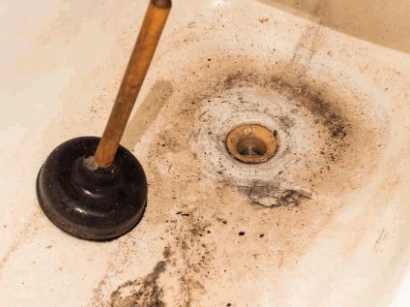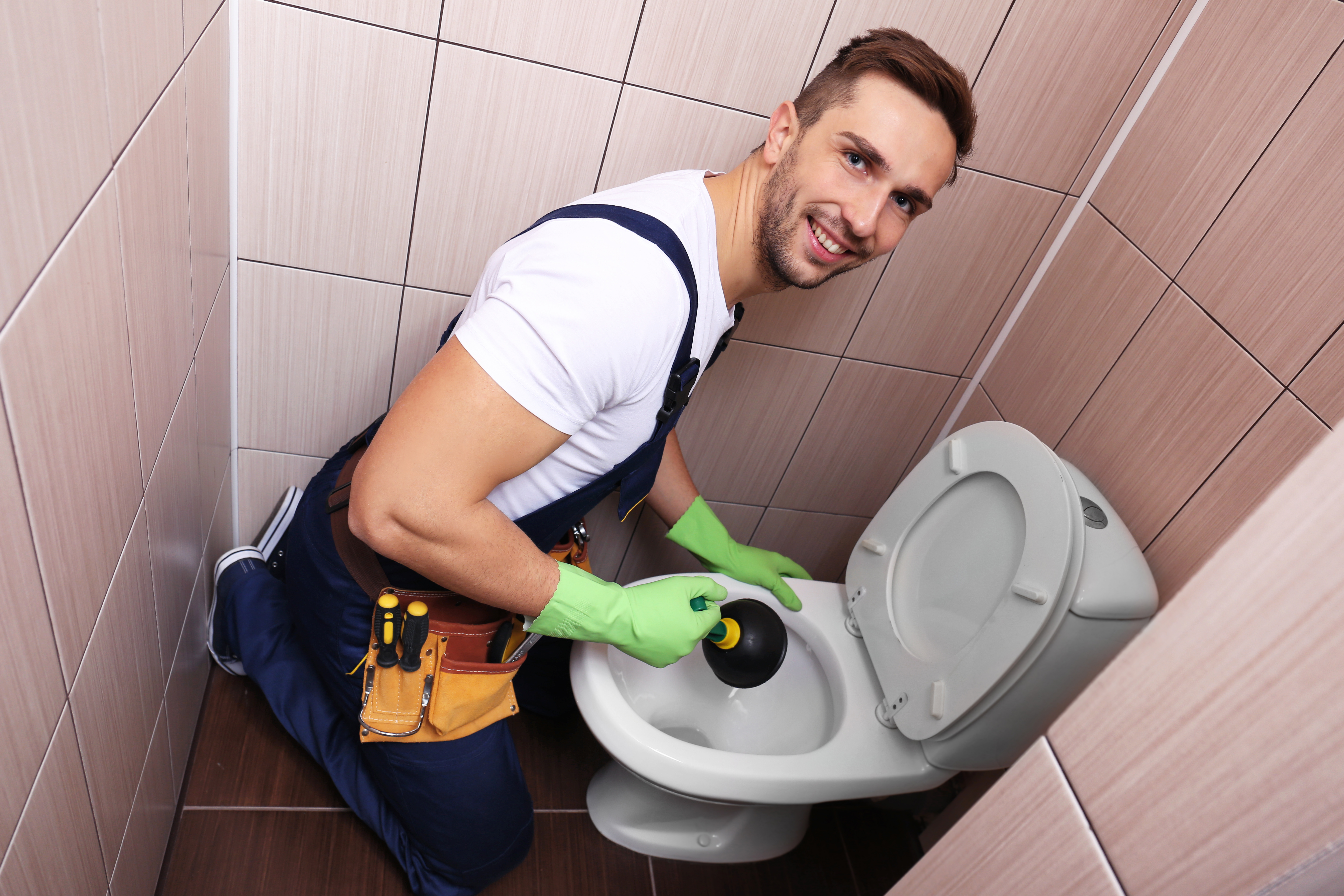Using Plungers and Drain Cleaner: Expert Strategies
Using Plungers and Drain Cleaner: Expert Strategies
Blog Article
Any individual is bound to have their private assumption on the subject of How to Use a Plunger to Unclog a Toilet or Drain.

Introduction
Proper maintenance of household drains pipes is crucial for avoiding clogs and making sure smooth water circulation. Among the secret devices in every property owner's toolkit is the plunger, along with numerous drainpipe cleaners designed to take on persistent clogs effectively. This write-up explores how to make use of bettors and drain cleaners effectively to maintain your drains streaming openly.
Area 1: Comprehending Plungers
Sorts of Plungers
There are numerous sorts of bettors available, each designed for different types of drains and clogs. The most common kinds include mug plungers, flange bettors, and accordion bettors.
Exactly How Plungers Work
Plungers work on the principle of developing stress and suction to remove obstructions. When properly applied over a drainpipe, they create a vacuum cleaner that can pull out particles or break up clogs.
Choosing the Right Bettor
Picking the best bettor depends on the kind of drain and the nature of the obstruction. Mug plungers are excellent for sinks and tubs, while flange plungers are better matched for commodes due to their design.
Typical Errors with Bettors
Staying clear of these blunders ensures effective plunging: improper seal around the drain, insufficient force, and not clearing surrounding particles.
Area 2: Making Use Of Plungers Properly
Preparation
Prior to diving, guarantee the bettor covers the drainpipe totally and develops a tight seal. Clear any noticeable debris around the drain opening.
Method
Beginning with mild diving motions to build suction. Boost stress slowly, making use of a constant rhythm. Repeat as needed till the drainpipe clears.
Repairing Tips
If plunging does not work, attempt changing the seal, using petroleum jelly for a much better seal, or utilizing a different type of plunger.
Section 3: Recognizing Drain Cleansers
Sorts Of Drain Cleansers
Drain pipes cleaners can be chemical or enzymatic. Chemical cleaners make use of strong chemicals to dissolve blockages, while chemical cleansers make use of natural enzymes to break down raw material.
Exactly How Drainpipe Cleaning Company Job
Chemical cleaners react with clogs to dissolve them, while enzymatic cleaners break down organic products like hair and oil without damaging pipelines.
Safety and security Factors to consider
Constantly use gloves and eye security when using chemical drain cleansers. Make certain appropriate air flow and follow manufacturer guidelines meticulously.
Eco-Friendly Alternatives
Think about making use of vinegar and baking soft drink or enzyme-based cleansers for green options that are more secure for pipes and the environment.
Section 4: Utilizing Drain Cleaning Company Efficiently
Application Techniques
Put chemical cleaners straight into the drainpipe opening. Allow them to help the advised time prior to purging with warm water. Enzymatic cleaners should rest over night.
Safety measures
Stay clear of blending different kinds of cleansers, as this can generate poisonous fumes. Never ever make use of chemical cleansers combined with a bettor, as splashing can occur.
Taking Care Of Persistent Clogs
For persistent obstructions, consider making use of a plumbing serpent or calling an expert plumbing to prevent damage to pipes.
Verdict
In conclusion, recognizing how to use plungers and drainpipe cleaners successfully is important for preserving healthy pipes systems. By picking the right tools and methods, homeowners can take on minor obstructions and stop major plumbing concerns down the line.
4 DIY Ways to Unclog Drains
Wire Hanger
This age-old technique has been used by many an amateur plumber – to much success. Take any wire hanger, deconstruct its shape and leave a small hook shape on the end. Time to go fishing! Remove the shower or sink drain cover and snake the wire into the drain, wiggling and rotating it as you push it through. Dispose of the gunk that you remove and flush the drain with hot water. Rinse with a pan of boiling water for best results.
Plunger
Creating a suction in your drain can break up clogs caused by hair and soap residue build up. First, make sure you are using the correct type of plunger, one specifically for sinks or tubs. They are typically smaller than regular toilet plungers and often have a shallow suction cup. Regular plungers can work too but we’d recommend cleaning them first and finding a way to create better suction over the drain.
Baking Soda and Vinegar
This technique is a classic – and one of the most popular DIY drain unclog methods. Pour one cup of baking soda and one cup of vinegar down the drain and allow it to work its magic overnight. The next morning, flush the drain with boiling water. Repeat if necessary.
Drain Snake/Hair Clog Tool
If you know your clog is caused primary by hair, a drain snake/hair clog tool might be your best option. These tools can be purchased for under $10 at any hardware store and work well so long as the clog isn’t too deep in the drain.
https://www.callcatons.com/blog/four-diy-ways-to-unclog-drains/

Application Techniques
Put chemical cleaners straight into the drainpipe opening. Allow them to help the advised time prior to purging with warm water. Enzymatic cleaners should rest over night.
Safety measures
Stay clear of blending different kinds of cleansers, as this can generate poisonous fumes. Never ever make use of chemical cleansers combined with a bettor, as splashing can occur.
Taking Care Of Persistent Clogs
For persistent obstructions, consider making use of a plumbing serpent or calling an expert plumbing to prevent damage to pipes.
Verdict
In conclusion, recognizing how to use plungers and drainpipe cleaners successfully is important for preserving healthy pipes systems. By picking the right tools and methods, homeowners can take on minor obstructions and stop major plumbing concerns down the line.
4 DIY Ways to Unclog Drains
Wire Hanger
This age-old technique has been used by many an amateur plumber – to much success. Take any wire hanger, deconstruct its shape and leave a small hook shape on the end. Time to go fishing! Remove the shower or sink drain cover and snake the wire into the drain, wiggling and rotating it as you push it through. Dispose of the gunk that you remove and flush the drain with hot water. Rinse with a pan of boiling water for best results.
Plunger
Creating a suction in your drain can break up clogs caused by hair and soap residue build up. First, make sure you are using the correct type of plunger, one specifically for sinks or tubs. They are typically smaller than regular toilet plungers and often have a shallow suction cup. Regular plungers can work too but we’d recommend cleaning them first and finding a way to create better suction over the drain.
Baking Soda and Vinegar
This technique is a classic – and one of the most popular DIY drain unclog methods. Pour one cup of baking soda and one cup of vinegar down the drain and allow it to work its magic overnight. The next morning, flush the drain with boiling water. Repeat if necessary.
Drain Snake/Hair Clog Tool
If you know your clog is caused primary by hair, a drain snake/hair clog tool might be your best option. These tools can be purchased for under $10 at any hardware store and work well so long as the clog isn’t too deep in the drain.
https://www.callcatons.com/blog/four-diy-ways-to-unclog-drains/

As a serious person who reads about How To Use Your Toilet Plunger Correctly in 5 Easy Steps, I assumed sharing that article post was essential. If you liked our page plz don't forget to pass it around. We truly appreciate your readership.
Free Quote Report this page